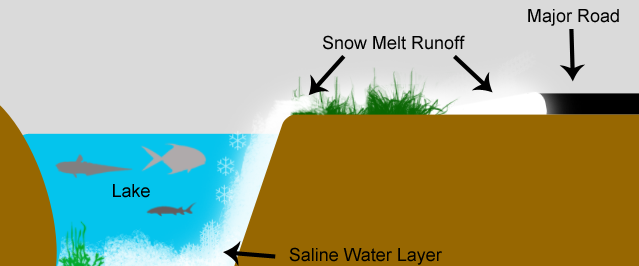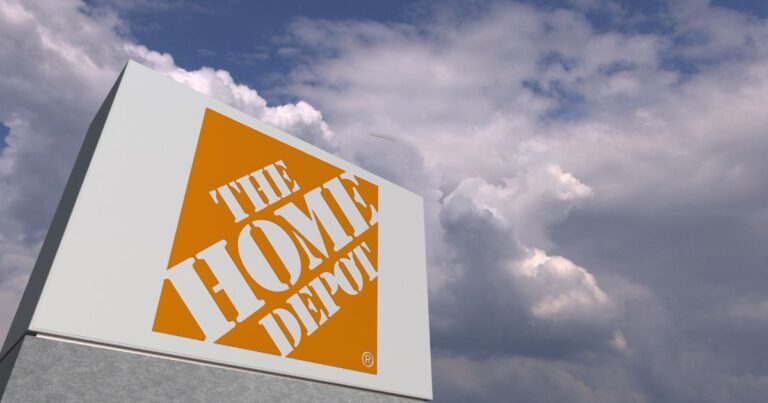As we wrap up one of the coldest months on record, we want to give you some information on road salts and their potential health and environmental impacts. For us here at Safer Chemicals Healthy Families, the environment and our health are intimately linked. Something that may be bad for our waterways, can also affect the health our pets!
Road salt is a classic example of the intersection of health and the environment. When freezing temperatures emerge salt is laid down on roads and highways for safety. The importance of using salt and other mechanisms on the roads for safety cannot be underestimated, but we must also explore their health and environmental impacts.
(Photo Credit: Tjuel, Flickr)
Our partners at the National Resources Defense Council report, 10 million tons of salt are used on U.S. roads each year. Keeping roads ice-free is an important public safety concern, so here are some facts and tips when it comes to road salts.
Road Salt (sodium chloride), is similar to table salt chemically but has sodium ferrocyanide and ferric ferrocyanide, which can be hazardous when ingested.
Road salts also have a large environmental footprint and can pollute our waterways. Road salt runoff from rain, melting snow and ice can also affect aquatic life since the chloride is toxic. (See diagram: below)
Protect your pets
Road salts are very toxic for pets and are linked to several animal deaths. Dogs and cats walking on streets collected the salt on their paws. Later, the pet would lick their paws, ingesting the toxic mixture. When you walk your dog during snow or freezing weather make sure to protect their paws with pet shoes, booties, and wipe their paws after they’re outside.
Bust out the shovel
It is so easy to stay inside on a snow day, but a little shoveling will go a long way to create safe sidewalks. The less snow you have the more effective the salt will be.
Save the Sand
Instead of using kitty litter, mulch, or soot; use sand on sidewalks and driveways. After you’re finished with the sand you can sweep it up, and use it again in the future. Too much sand however, can negatively affect our waterways and habitats by obstructing waterways. Sand is also the culprit behind clogged sewer systems. So make sure you try to sweep up the sand after the snow is gone.
Look to Alternatives
Calcium magnesium acetate (CMA) is safer for plants and concrete it has a lower toxicity level and is biodegradable. CMA is more expensive than road salt, so cash strapped local governments tend to opt for road salts.
Beet juice, yes… beet juice, is being used to de-ice roads in the British Columbia town of Williams Lake. Not only is the beet juice effective in melting salt, it also cut costs since the city won’t have to clean it up after the snow is gone (like sand).
So while the benefits of road salt are immense, there are some considerations local and state governments need to consider when using them. Perhaps using some of these alternatives is the answer. Keeping roads clear is important, and sodium chloride isn’t the only solution. I hope you gleaned some insights to make your home and family (pets included) a little safer!





